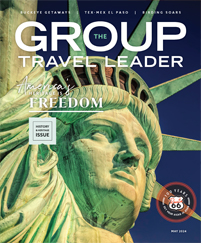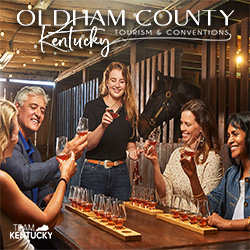History takes many forms. It can be the recent past or ancient times. It can be embodied in the architecture of a Victorian home or forged in the steel sides of a military battleship. It can be heard in the still-living language the Gullah people created or in the stories they told. These tours lead people through the Carolinas’ rich and varied histories.
Charleston, South Carolina
Many people may not know that Gullah, or Geechee, culture is alive and well in South Carolina, or they may not know what it is.
Gullah culture is deeply rooted in the west and central Africa heritage of slaves who were brought to the rice plantations along the coastal low country regions between North Carolina and northern Florida. After the Civil War, the region’s isolation helped preserve the Gullah people’s culture and language.
Owner and guide Alphonso Brown has been running Gullah Tours in Charleston since 1985. Brown leads a two-hour tour, either on his 21-passenger bus or as a step-on guide, and takes visitors to landmarks that tell the history of slavery in South Carolina and the story of Gullah culture, which “not a lot of people are familiar with,” Brown said.
“[My tour is] totally different; it’s focused more on the black side of history,” he said.
Visitors learn about the city’s Underground Railroad and the practice of hexes, fixes and roots, as well as black slave owners such as Richard DeReef. They’ll see the Old Slave Mart Museum and the home of Denmark Vesey, a former slave who, in 1822, planned one of the largest slave revolts in history. Guests will also be able to hear the Gullah language.
At the Phillip Simmons house and workshop, visitors see the work of Charleston’s most renowned blacksmith. Although Simmons died in 2009, his nephew and cousins carry on the ironwork tradition, Brown said.
Fayetteville, North Carolina
Winding nearly 750 miles through central North Carolina, 18 cultural trails cover different aspects of Fayetteville’s history and culture, from literature to international cuisine, antiquing to fishing. But many of the trails highlight the city’s long and rich history.
“Chances are we’ve got something that’s going to pique your interest,” said John Meroski, president and CEO of the Fayetteville Area Convention and Visitors Bureau.
The Lafayette Trail leads visitors through the Marquis de Lafayette’s two-day visit to the city in 1825. Guests can stop at Clarendon Bridge, Liberty Point and Market House, the site where North Carolina ratified the U.S. Constitution. At the Fayetteville Independent Light Infantry Co. museum, visitors will see the carriage that carried Lafayette through the city.
The African-American Heritage Trail “is very strong and very popular, and it gives a wonderful story,” Meroski said. Landmarks include churches that were formed to serve black congregants and Fayetteville State University, which was originally founded as the Howard School for African-Americans in 1867.
Much of the Historic Architecture Trail is downtown, so it’s easy to walk, Meroski said. Along the way, groups learn about the 1831 fire that destroyed 600 buildings in downtown and see Federal, Victorian, Greek Revival and Colonial Revival architectural styles.
Each trail has its own map and way-finding signage, making them easy to navigate. The CVB can also arrange for local historians to act as step-on guides.










